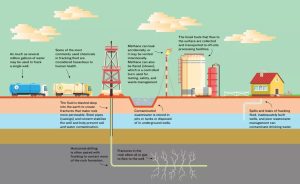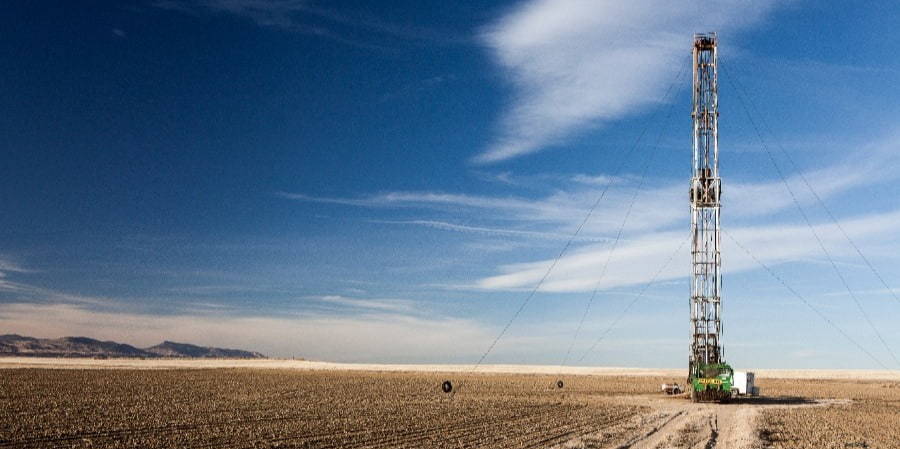Is Horizontal Drilling Fracking?
When discussing unconventional methods of oil and gas extraction, terms like “horizontal drilling” and “fracking” often come up. While they are related processes, they are not the same. Let’s delve into the details to understand the distinction between horizontal drilling and fracking.
Understanding Horizontal Drilling
Horizontal drilling is a technique used in the oil and gas industry to access hydrocarbon reserves that are trapped deep within rock formations. Traditionally, wells were drilled vertically, which limited the amount of reservoir that could be accessed. However, horizontal drilling involves drilling vertically to a certain depth and then making a turn to drill horizontally within a specific rock layer.

This process allows operators to intersect more of the hydrocarbon-bearing rock, increasing the contact area between the wellbore and the reservoir. As a result, the production rates from horizontal wells are often significantly higher compared to vertical wells. Horizontal drilling has revolutionized the industry by enabling access to previously untapped reserves.
Exploring Hydraulic Fracking
Hydraulic fracturing, commonly known as fracking, is another technique used to enhance the production of oil and gas from rock formations. Fracking involves injecting a mixture of water, sand, and chemicals at high pressure into the wellbore. This creates fractures in the rock, which allows for the release of trapped hydrocarbons that can then flow to the well and be extracted.
Fracking is especially useful in formations with low permeability, such as shale rock. By creating fractures, the permeability of the rock is increased, enabling oil and gas to flow more freely. Fracking has been a controversial topic due to concerns about water pollution, seismic activity, and the proper disposal of fracking fluids.
The Relationship Between Horizontal Drilling and Fracking
Horizontal drilling and fracking are often used together to maximize the production of oil and gas from reservoirs. While they are distinct processes, they are complementary in nature. Horizontal drilling sets the stage for fracking by providing greater access to the hydrocarbon-bearing rock. Without horizontal drilling, fracking would not be as effective.
Horizontal wells are particularly well-suited for fracking because the longer wellbore intercepts more of the reservoir, increasing the potential for hydrocarbon recovery. Fracking is then employed to enhance the permeability of the rock and create pathways for oil and gas to flow into the wellbore.
Conclusion
In summary, drilling and fracking are related but separate processes in the oil and gas industry. Drilling involves drilling horizontally within a rock formation to maximize reservoir contact, while fracking involves injecting fluids to create fractures in the rock and enhance hydrocarbon production. Together, these techniques have revolutionized the industry, enabling access to previously inaccessible reserves and boosting production rates. For dill it group horizontal drilling read here.


